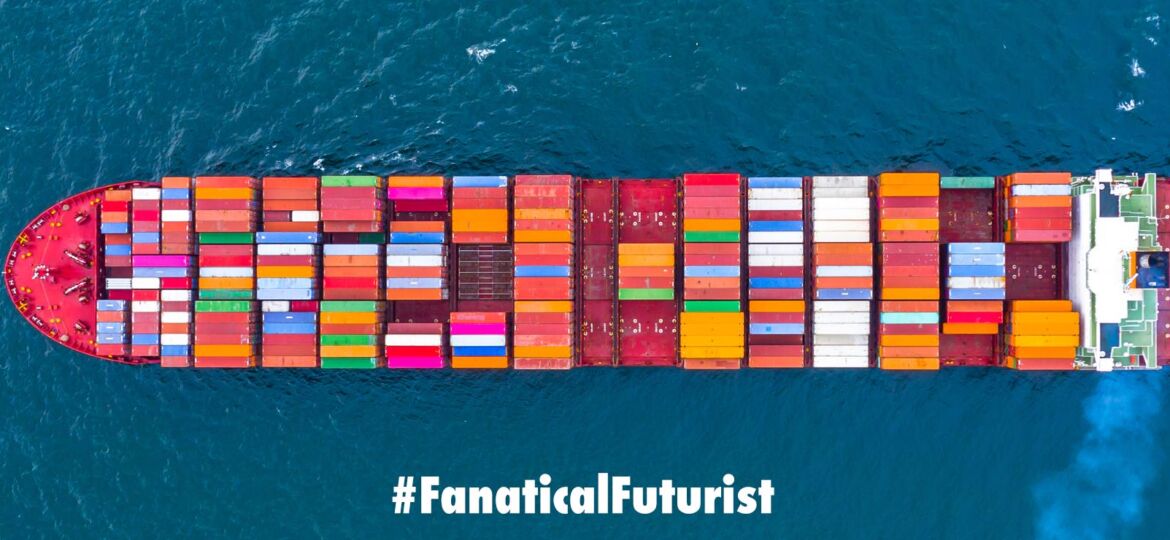
WHY THIS MATTERS IN BRIEF
In this keynote Matthew Griffin shares how technology is already and will continue to change the future of the shipping industry and global trade.
 Love the Exponential Future? Join our XPotential Community, future proof yourself with courses from XPotential University, read about exponential tech and trends, connect, watch a keynote, or browse my blog.
Love the Exponential Future? Join our XPotential Community, future proof yourself with courses from XPotential University, read about exponential tech and trends, connect, watch a keynote, or browse my blog.
Firstly, thank you to Phanthiam, Claudia, WISTA and the Hamburg Port Authority teams for asking me to be this years keynote at their annual global summit which this year was held in Hamburg in Germany. Originally scheduled to take place last year it was nice to finally get out of the virtual studio and see people in person – it’s now been about a year since I last walked around an actual real stage. However, despite being out of the studio the German COVID-19 regulations meant that the event had to be held outside so it ended up being held at the memorable ATP Tennis Centre in Hamburg under the large domed roof in temperatures that didn’t make it to double digits all day.
During the event I discuss the Future of Trade and Shipping which, when we originally started planning the event almost two years ago weren’t as much of a headline topic as they are today as we see, post COVID, all the world’s supply chains snarling up with record levels of cargo backlogs at all the worlds ports – from California to Shanghai.
Rewind and Replay
At Hamburg itself the average number of containers on a cargo ship pre pandemic was 4,000 but now as global supply chains try to get back to normal that value has risen to a staggering 7,000, with the terminals themselves struggling to clear empty containers fast enough in order to keep the movement of goods flowing.
As you can see from the video no industry is immune from disruption and as the global shipping industry and the IMO aim to hit Net Zero by 2050 the race is on to build and buy new ammonia, hydrogen, and LNG powered ships which, on average last for 27 years, that will help the industry meet that goal, by 2030. The result of which means that hundreds of billions of dollars have to be spent in an unprecedented amount of time.
Bonus content: The Future of Supply Chains and Trade keynote
But, all that is just the tip of the green iceberg, and from new ship designs to ship breakers I discussed it all. I hope you enjoy the show!
















